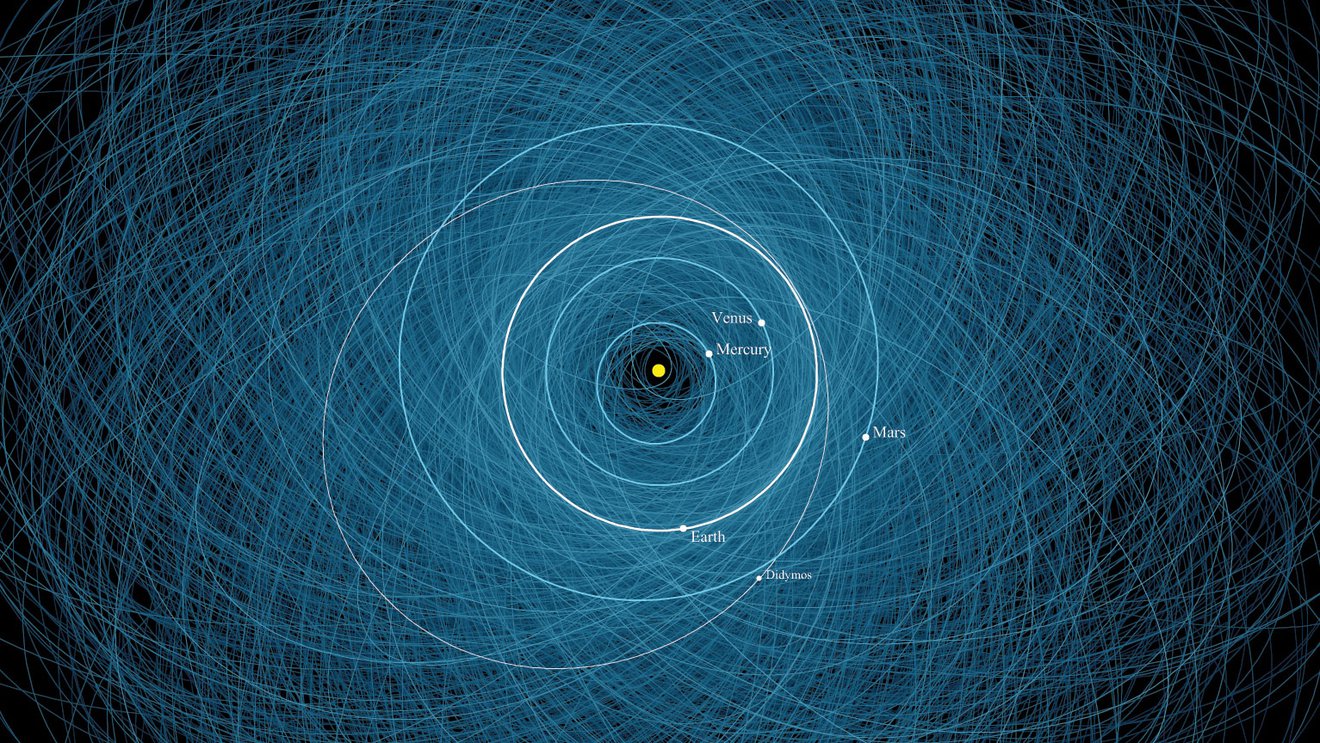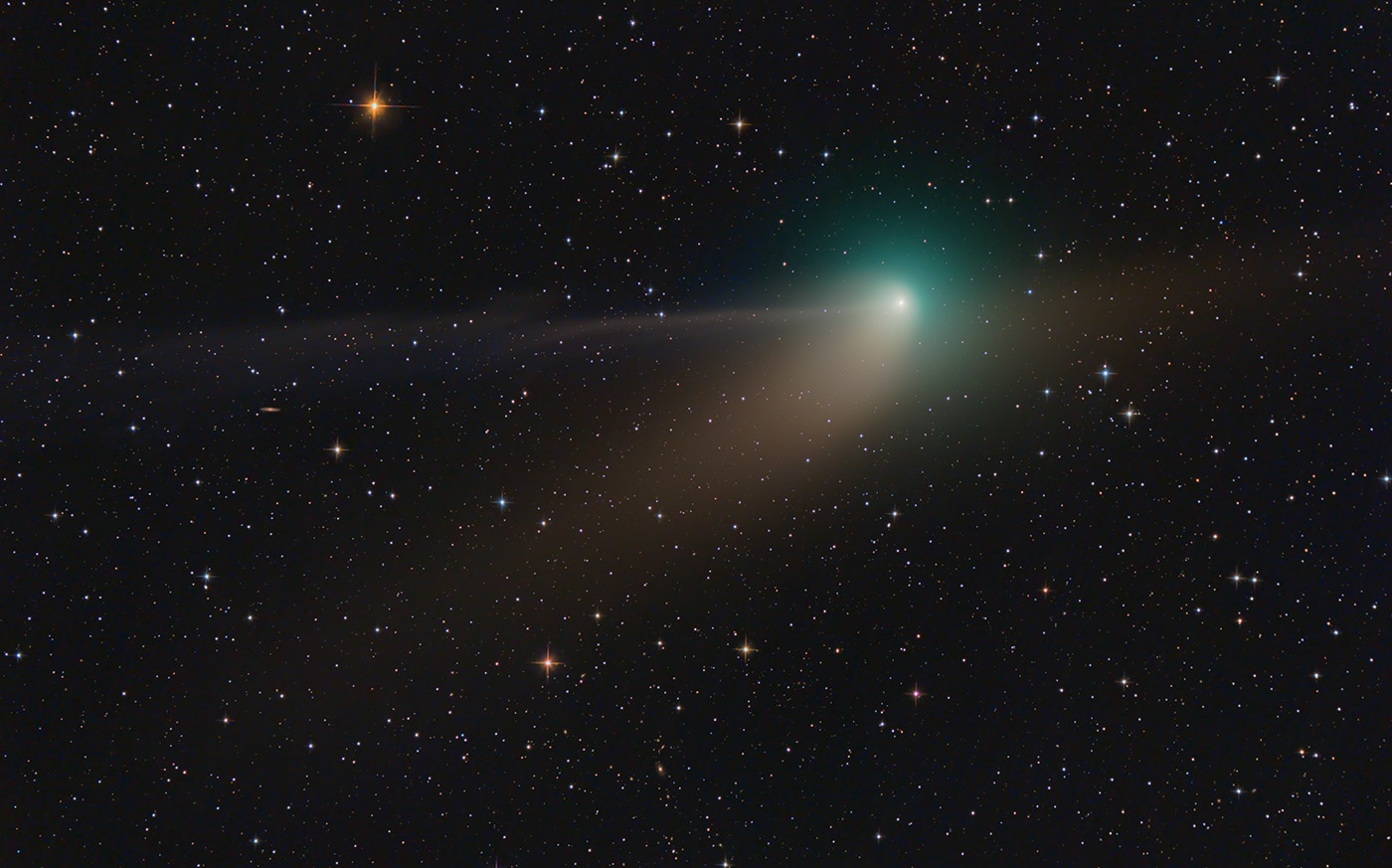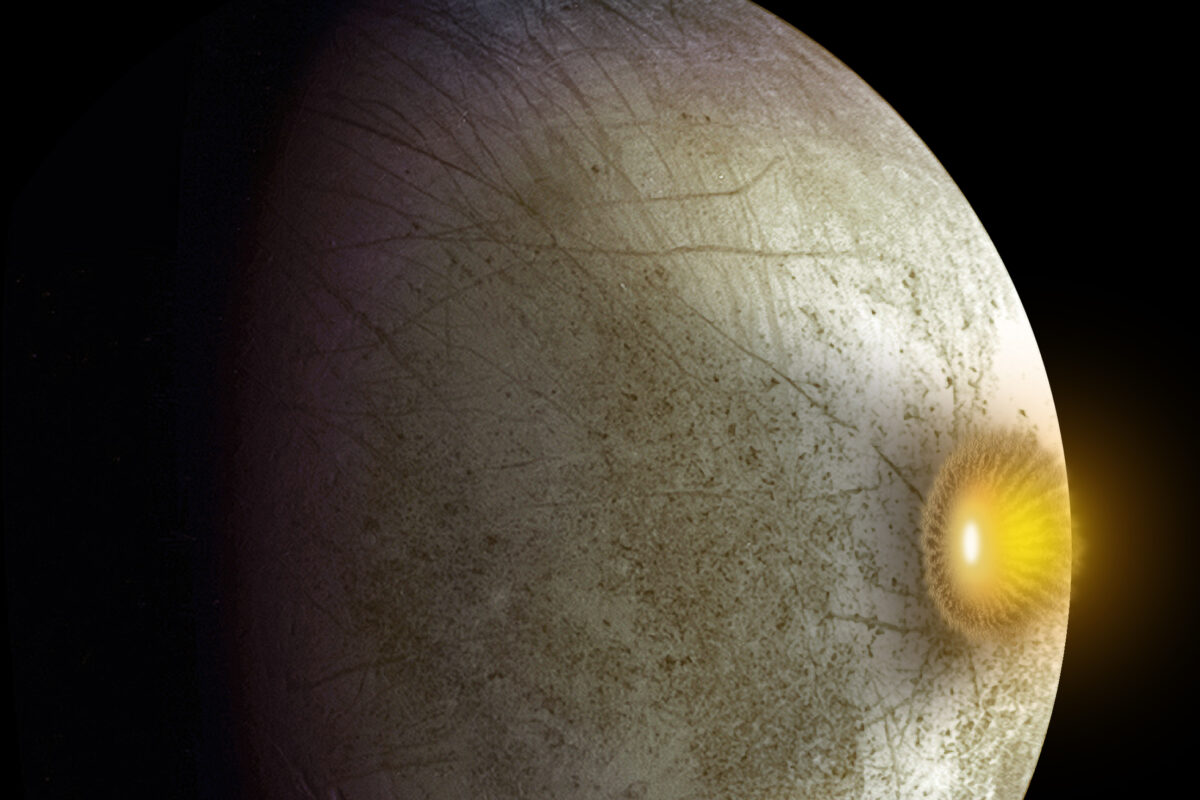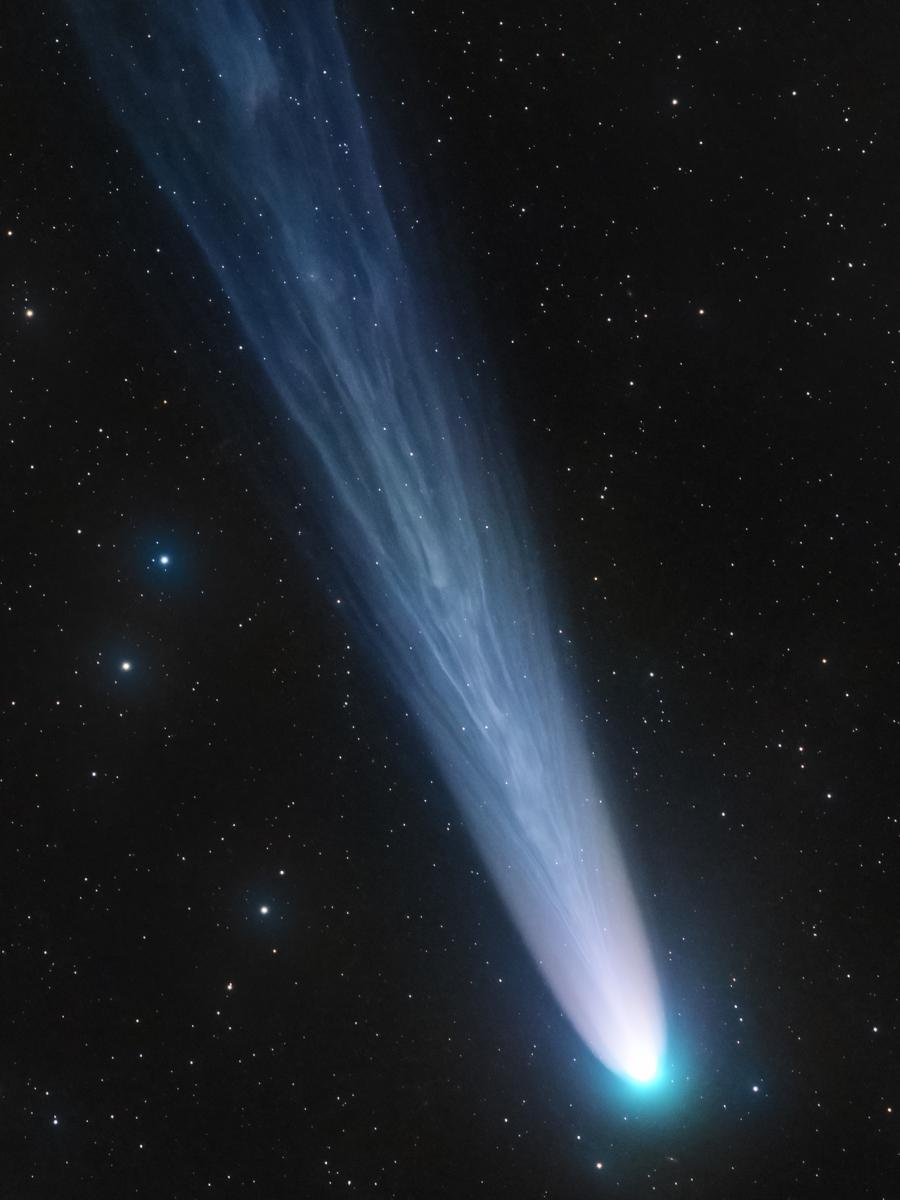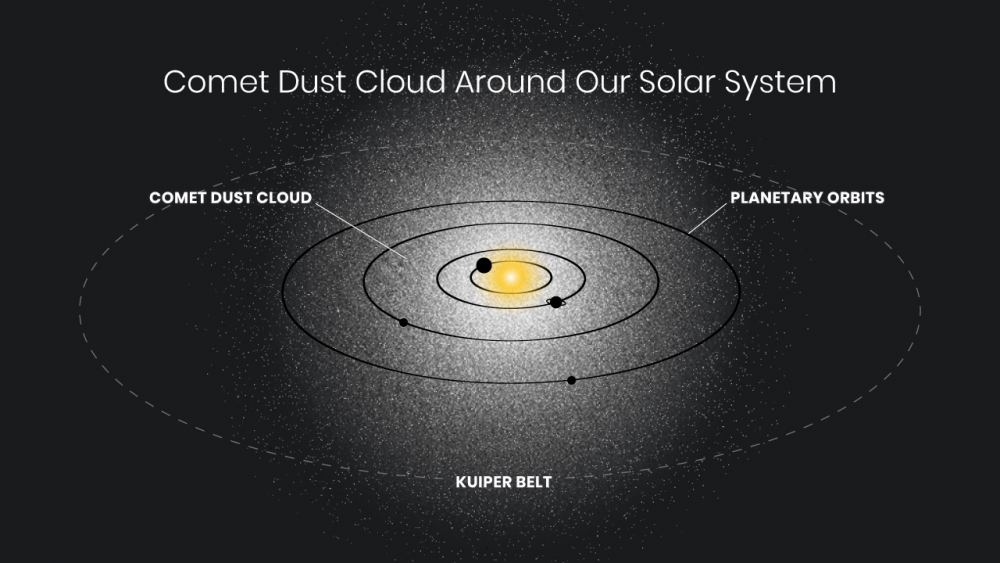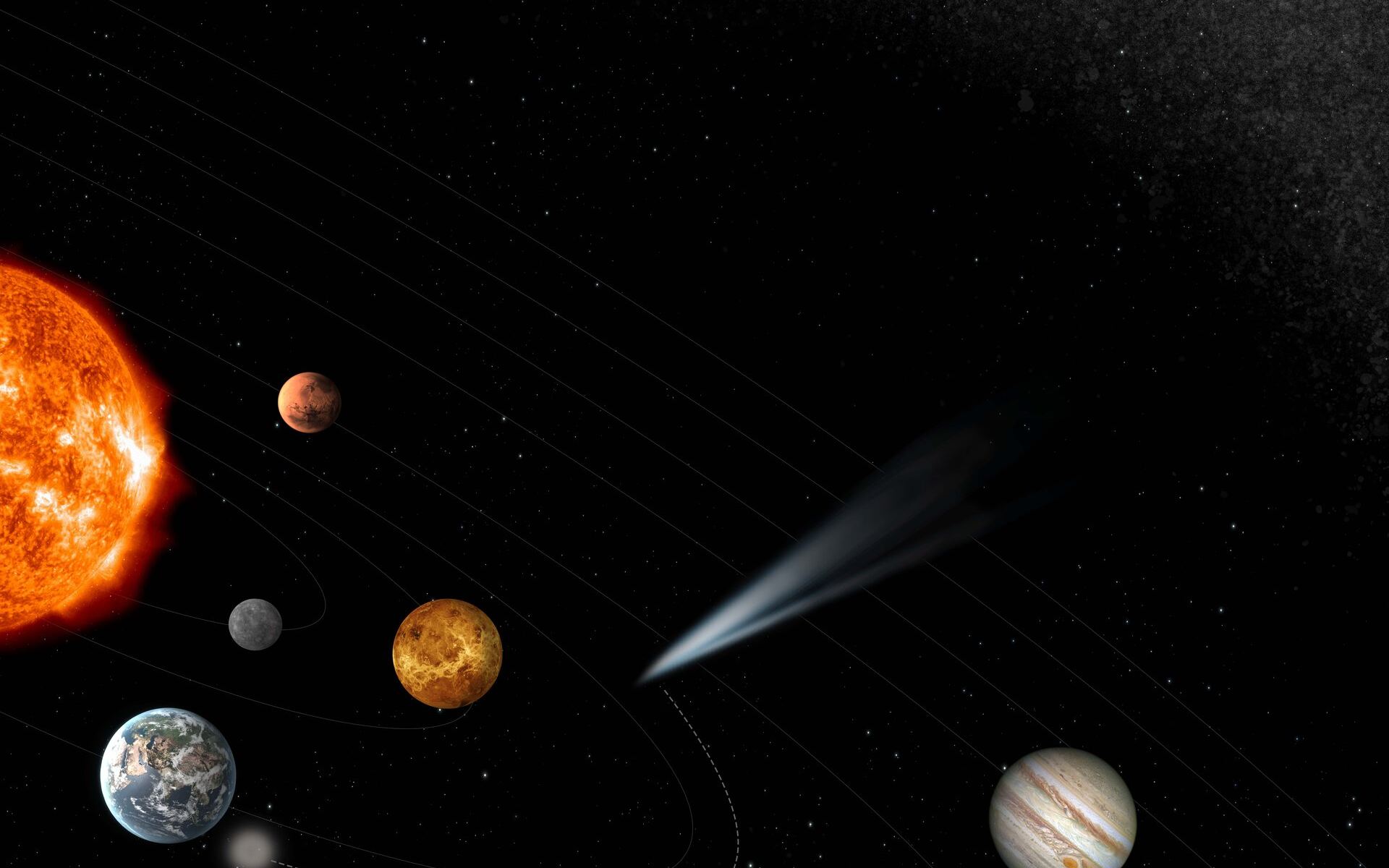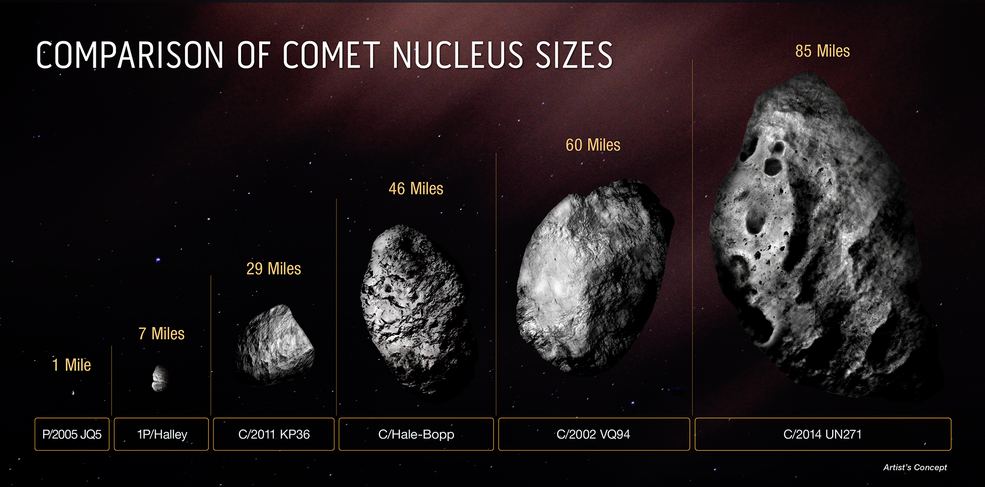The large impact craters dotting our planet are powerful reminders that asteroids and comets strike the Earth from time to time. As often said, it’s not a question of “if”; it’s a matter of “when” our planet will face an impending strike from space. But an impact is one existential threat humanity is finally starting to take seriously and wrap its head around.
Seemingly spurred by the success of the Double Asteroid Redirection Test (DART), NASA just released a new planetary defense strategy and action plan, describing its efforts to find and identify potentially hazardous objects to provide an advanced warning, and then even push them off an impact trajectory.
This 10-year strategy looks to advance efforts to protect the Earth from a devastating encounter with a Near Earth asteroid or comet.
Continue reading “Here's How NASA is Planning to Protect Earth From Asteroids and Comets”
